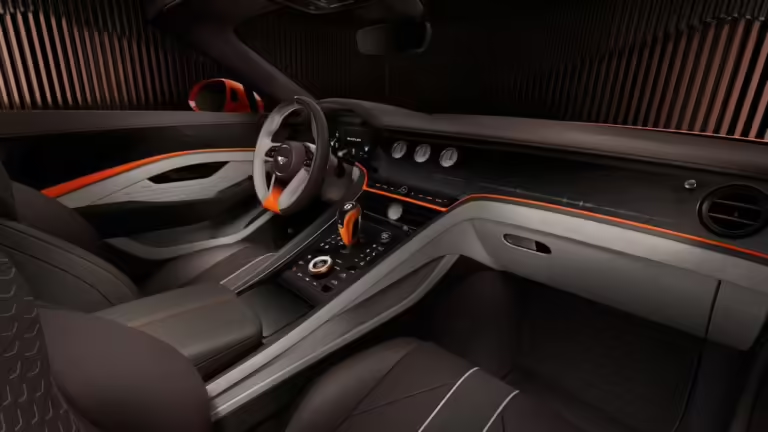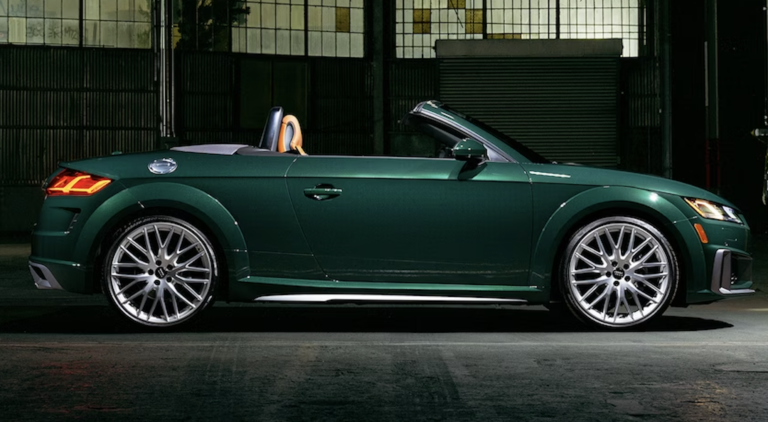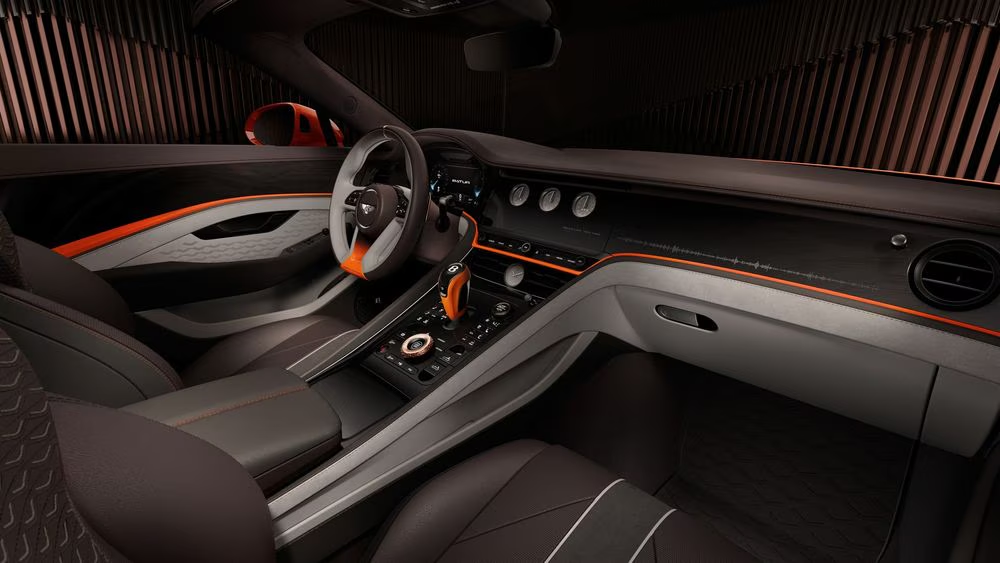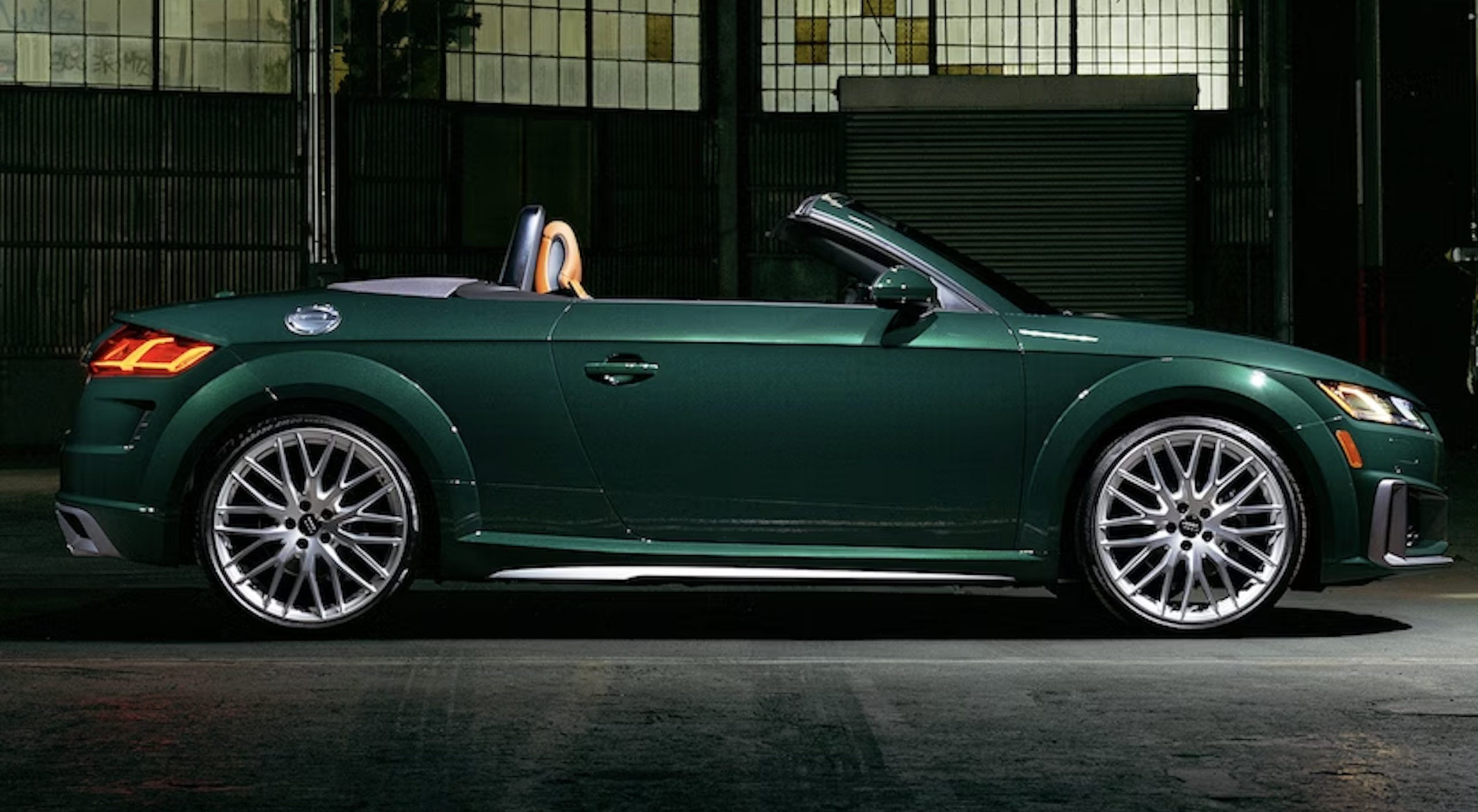It’s always the season for a good tire.

Redakcja Cabrio Magazyn
September 16, 2020r.
Similar from this category
21 June, 2024
13 November, 2023
01 November, 2023
BMW Skytop Concept. Luxury Targa in limited edition
21 June, 2024
AUDI TT FINAL EDITION or the end of a design icon
13 November, 2023
DS MANAGER. HAPPINESS AND POSITIVE VIBES WITH PARTNERS
01 November, 2023
The myth that a convertible can only be driven during spring/summer has long been debunked. Therefore, today let’s take a moment to talk about summer and winter tires.
Distinguishing the above for anyone should not be a problem. Winter tires are characterized by significantly more cuts and sipes in the tread than summer tires. Thanks to them, “winter” in low temperatures retain their flexibility and are less likely to enter a skid, while summer hardens and increases the likelihood of such a skid.
Also, if you want to identify a winter tire, just look for the marking on the side of the tire in the form of an outline of mountains with a snowflake inside and M+S (mud and snow, mud and snow)

It is worth mentioning that in addition to summer and winter tires, there are also all-season tires in circulation, the so-called “all-season tires”. “all-season”, “4season”, or “allweather”. These should have markings identical to winter ones, but some manufacturers create their own markings to suggest an all-season solution. Some models have an asymmetrical tread pattern, where half is responsible for summer properties (summer tread with fewer sipes) and half for winter behavior. Keep in mind that “slicks” for the whole year will wear out sooner and will not be as effective as tires for a specific season.
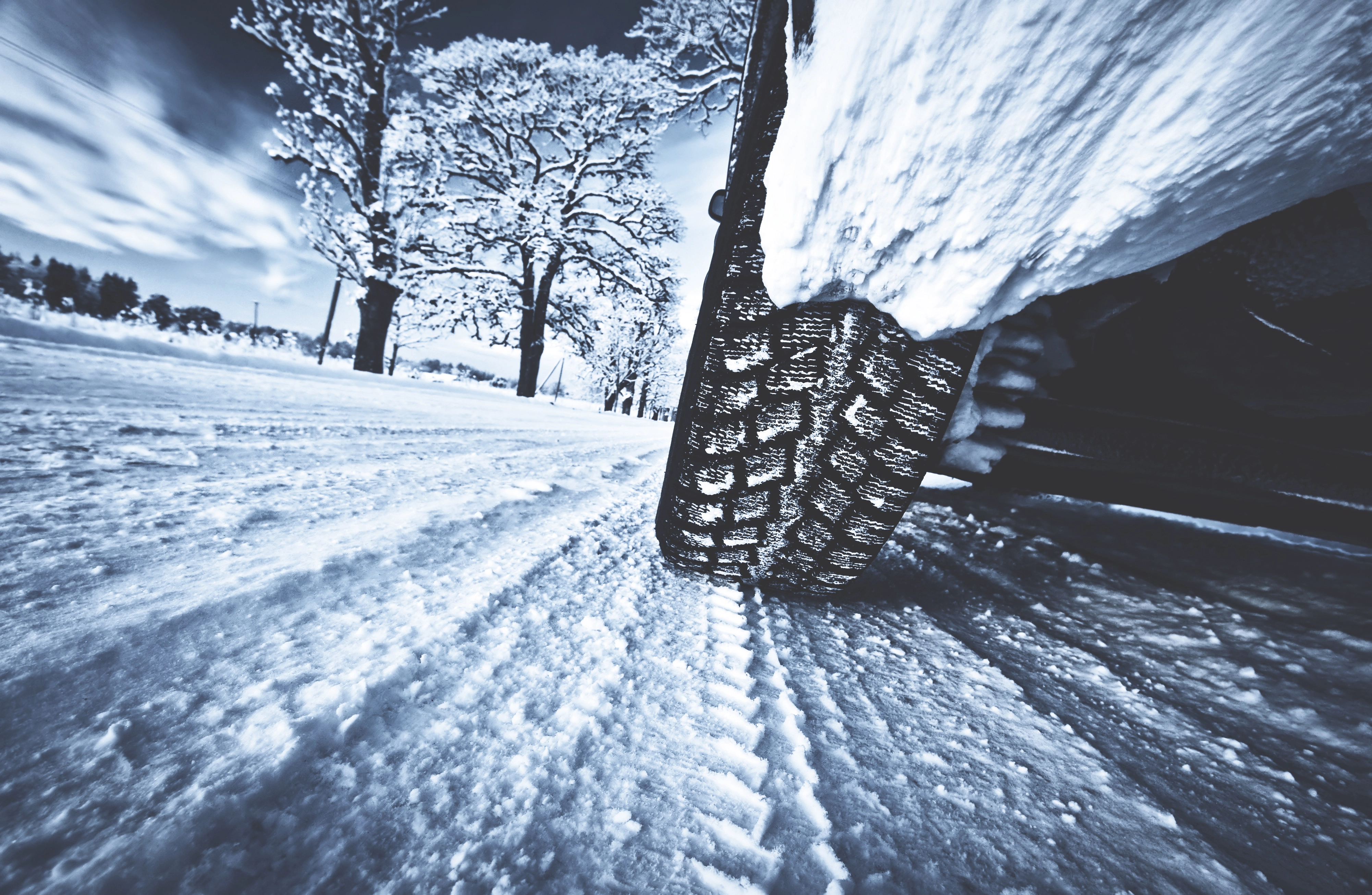
If you notice an M+S marking without a snowflake, we advise you to check the origin of the tires carefully. Perhaps they may have been imported from the US, where most tires have this designation, although they don’t actually perform well in winter conditions.
Good tires are like good shoes, you don’t go out in flip flops in the snow.
Drive carefully and may the wind be with you!

